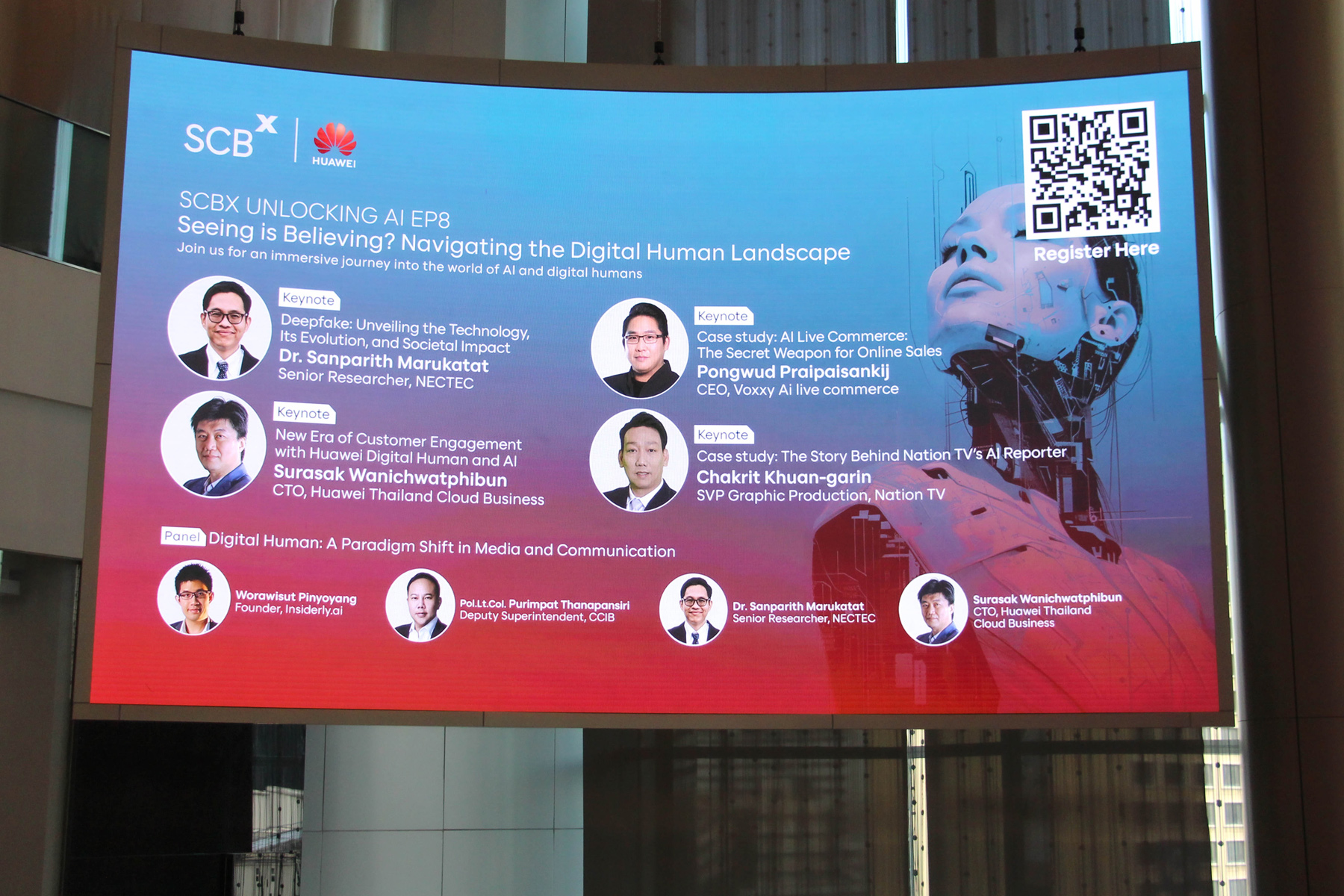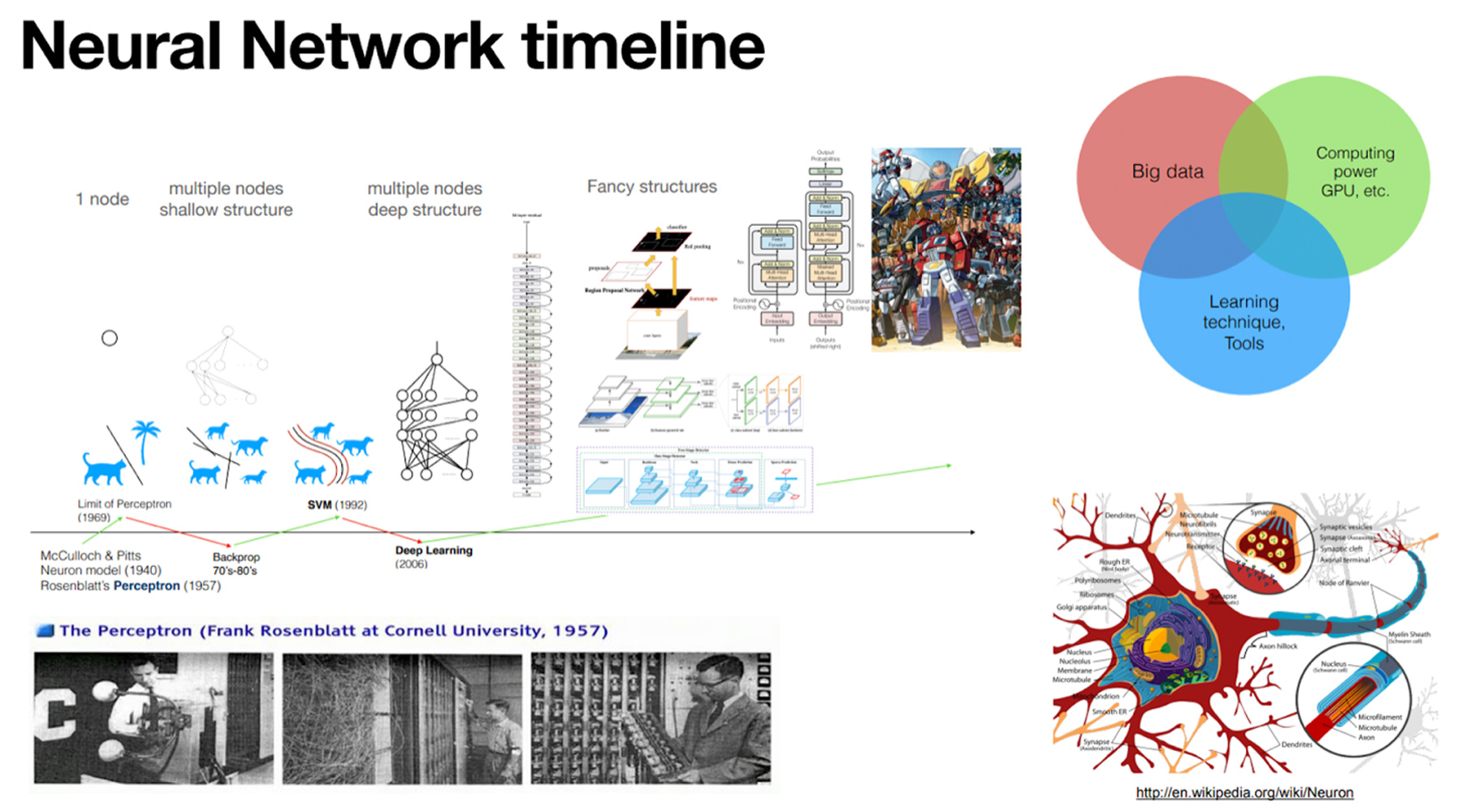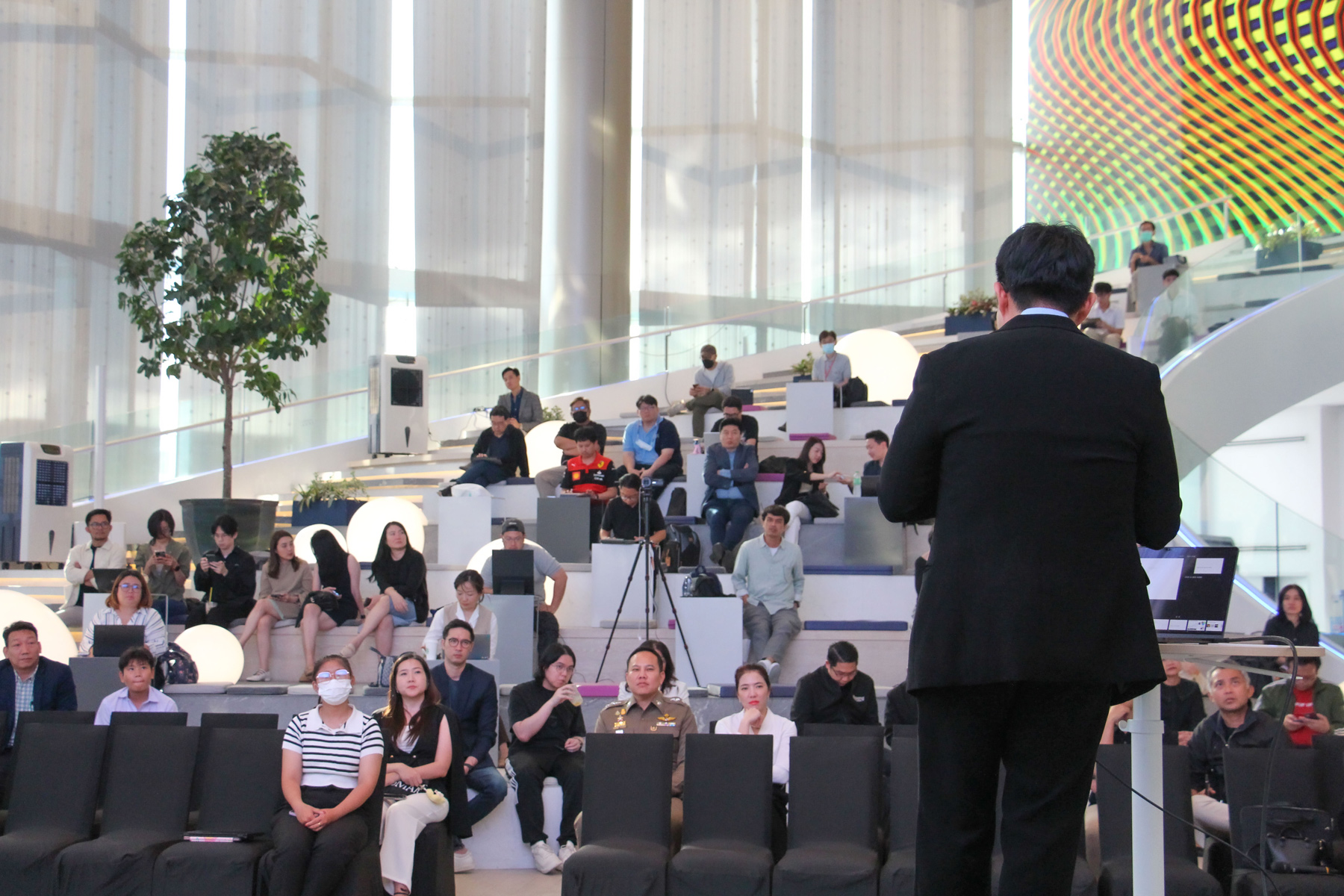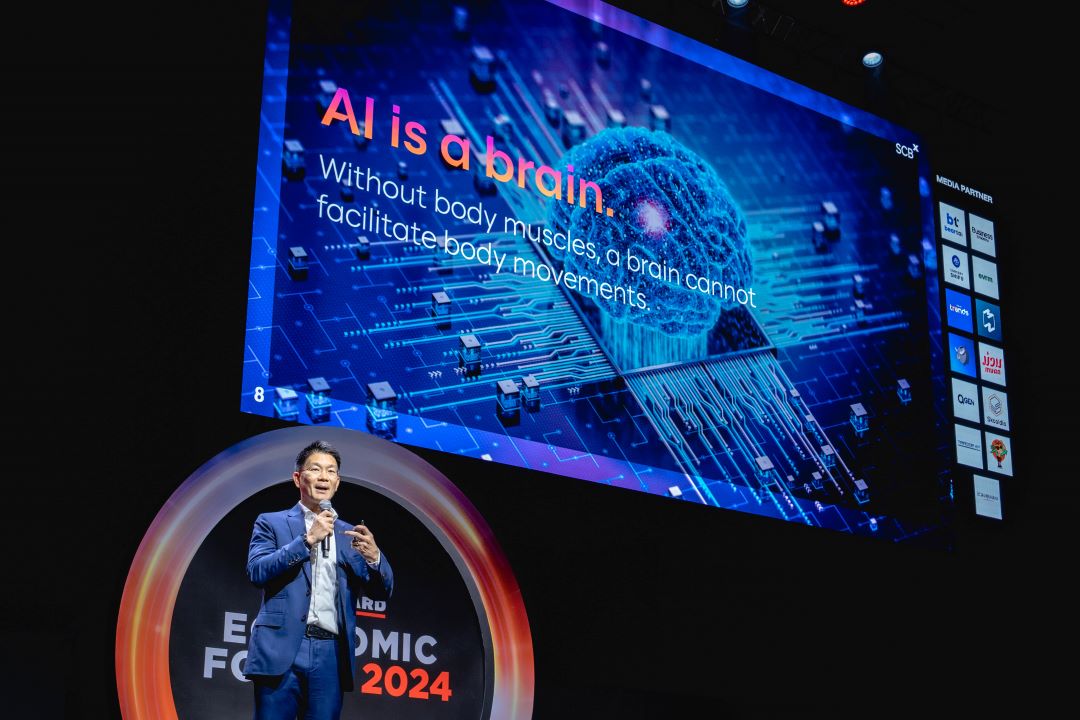In a thought-provoking event held at SCBX Next Tech, experts gathered for the “SCBX Unlocking AI EP8: Seeing is Believing? Navigating the Digital Human Landscape” seminar. The session, which explored the burgeoning field of digital humans, AI advancements, and the societal implications of these technologies, offered a comprehensive overview of current trends and future possibilities.
- Generative AI is revolutionizing content creation: Advancements in neural networks have led to the rise of generative AI, which can create entirely new realistic content like images, videos and even revive deceased actors in films.
- Digital humans offer vast opportunities but raise ethical concerns: This technology has the potential to transform entertainment, education, marketing, and healthcare. However, the ease of creating deepfakes raises challenges around scams, intellectual property theft, and the need for robust regulations and ethical considerations.
- The future of digital humans requires a multi-pronged approach: To ensure this technology is used for positive change, ongoing innovation, strong regulations and a commitment to ethical practices are crucial.
Keynote Address: The Evolution and Impact of Deepfake Technology
Dr. Sanparith Marukatat, a Senior Researcher at NECTEC, provided a keynote address that traced the evolution of neural networks and their pivotal role in the development of generative AI. He emphasized the distinction between AI and generative AI, elucidating that while AI encompasses a broad spectrum of technologies, generative AI specifically focuses on creating new content.
Dr. Sanparith began with the neural network timeline, starting with the inception of the perceptron model in the 1950s, a rudimentary analog computer consisting of a single node. This foundational work laid the groundwork for more complex neural networks. With advancements in computing power and big data learning techniques, creating sophisticated neural networks has become more feasible, leading to breakthroughs like the transformer model in 2018, which significantly improved AI’s ability to remember and utilize longer contexts.
Generative Models: GANs and Diffusion Models
The keynote also delved into the specifics of generative models, particularly Generative Adversarial Networks (GANs) and diffusion models. GANs, which operate on a system of competing neural networks to produce increasingly accurate outputs, have been instrumental in creating realistic images and videos. Diffusion models, on the other hand, reverse a noise process to generate data, a method that has gained traction with the advent of stable diffusion, a process enhanced by text integration to guide the denoising process.
Opportunities in Digital Human Technology
The discussion highlighted the myriad opportunities presented by digital human technology. In entertainment, digital humans enable de-aging effects and the revival of deceased actors, offering new creative possibilities. Tools like Descript enhance podcast and video editing, while virtual classrooms, exemplified by CFTE’s avatar-driven courses, showcase the potential for educational innovation. Moreover, avatars are becoming integral in marketing and healthcare, providing personalized and scalable interactions.
Challenges: Deepfake and VFX
The session also addressed the contrasting landscapes of deepfake technology and traditional visual effects (VFX). While VFX relies heavily on skilled artists and established software from leading companies, deepfake technology has a much lower barrier to entry, with numerous tools readily available to the public. This democratization of technology poses significant regulatory challenges, as current intellectual property laws and industry guidelines struggle to keep pace with rapid advancements.
Threats and Scams: The Dark Side of Deepfake
Dr. Sanparith shed light on the darker side of deepfake technology, recounting several high-profile scams. Notable incidents include the 2019 deepfake scam involving an unnamed UK-based energy firm, where scammers used deepfake audio to impersonate the CEO’s German boss and secure a fraudulent money transfer. Similar attempts in 2020 targeted the CEO of LastPass, while a 2024 scam in Hong Kong saw fraudsters impersonate a CFO in the UK through a series of video calls, resulting in a significant financial loss.
Detection, Prevention, and Ethical Considerations
To combat these threats, new detection tools are continuously being developed. Dr. Sanparith emphasized the importance of relying on trusted sources and remaining vigilant against unfamiliar contacts and suspicious messages. Ethical considerations also featured prominently in the discussion, with Thailand’s National AI Strategy (NAIS) outlining five strategic pillars to ensure the responsible development and deployment of AI technologies.
As AI continues to evolve, the insights from this event underscore the need for ongoing innovation, robust regulatory frameworks, and ethical vigilance to harness the benefits of AI while mitigating its challenges.












